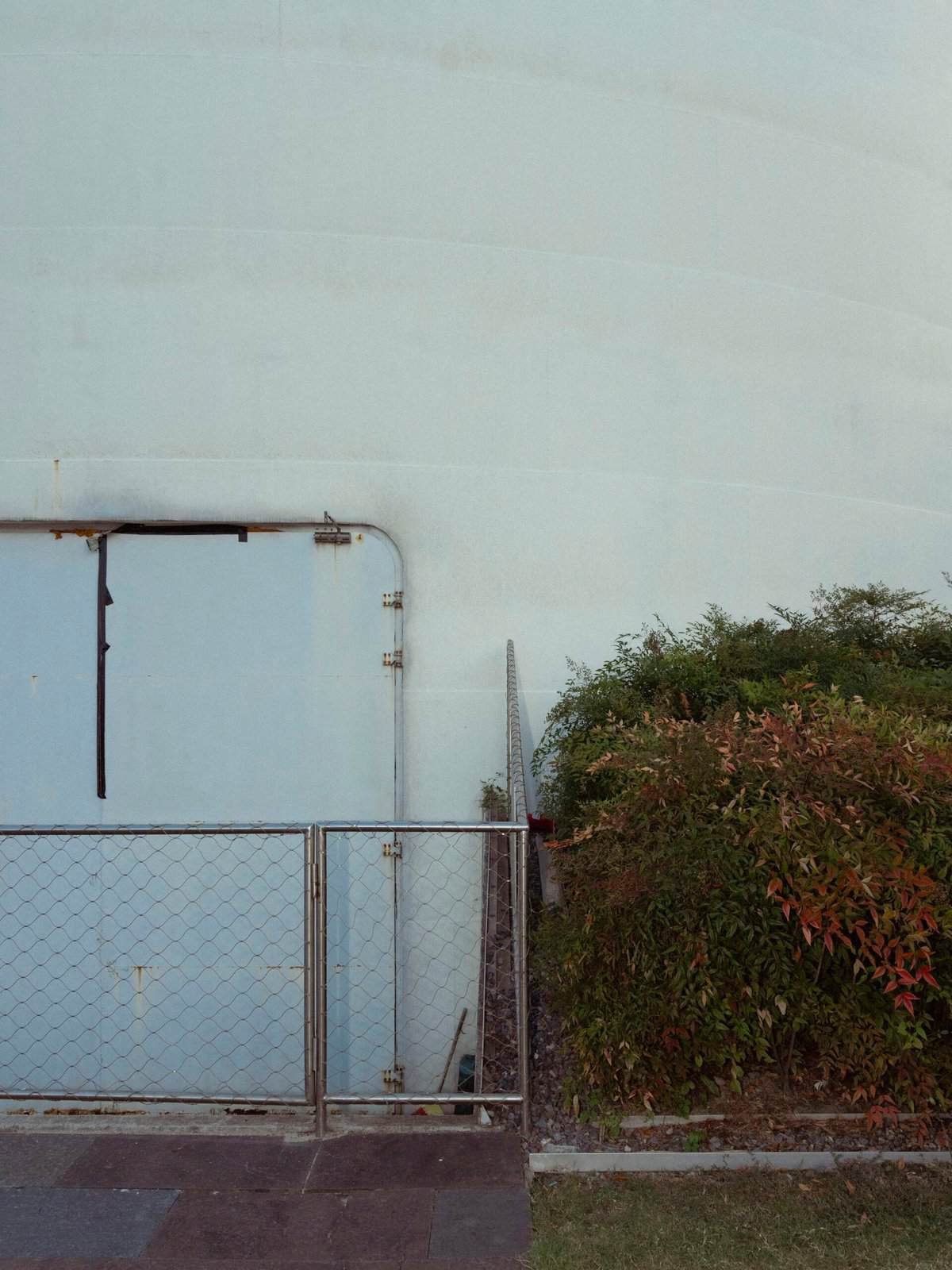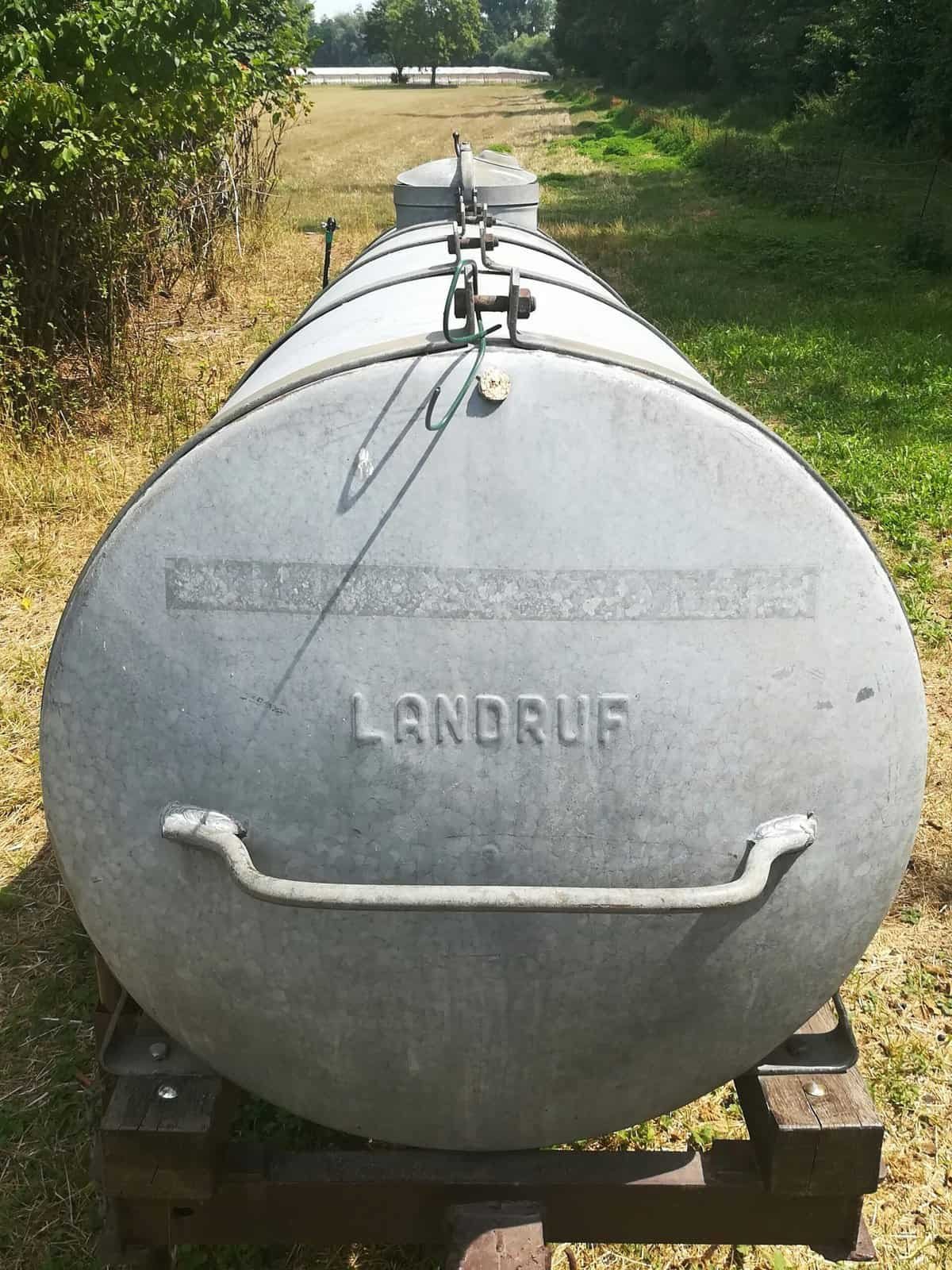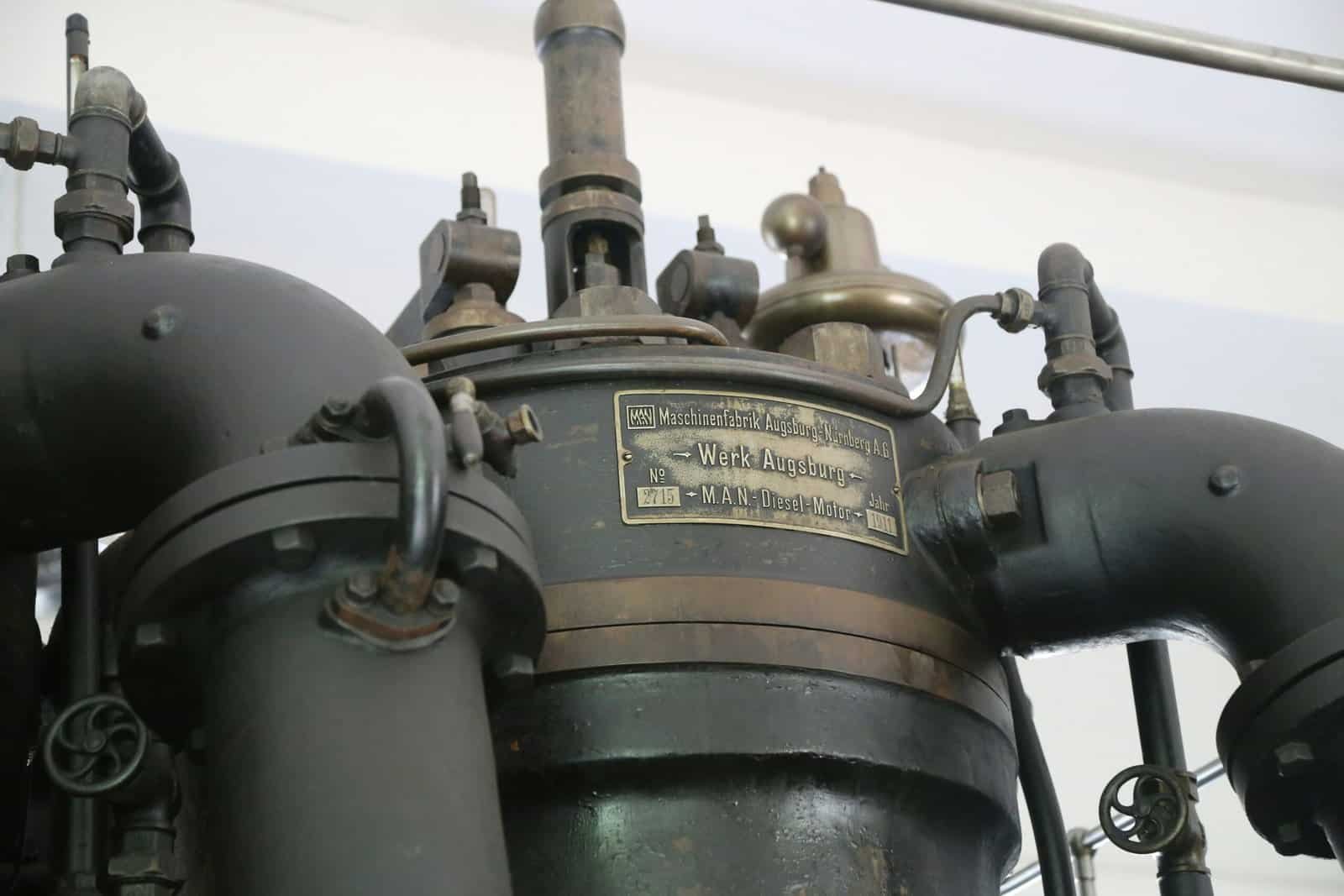?Are you trying to figure out how far your septic system needs to be from your well to keep your drinking water safe?

What Is The Safe Distance Between A Septic Tank And A Well?
You want a clear, practical answer you can use when planning, installing, or inspecting a septic system near a private well. The safe distance depends on several factors — local regulations, soil and groundwater conditions, the type of septic system and well, and how you maintain both systems. This article walks you through those factors, common setback guidelines, testing and monitoring steps, contingency actions if contamination occurs, and planning tips to protect your water supply.
Why distance matters
Keeping an appropriate separation between a septic system and a well reduces the risk that pathogens (bacteria, viruses), nutrients (nitrate), chemicals, or other contaminants from wastewater will reach your well and your drinking water. Groundwater flow, soil filtration, and time are the main defenses; distance provides the travel time and physical barrier needed for natural attenuation and treatment.
Common setback guidelines and why they vary
You’ll find a range of required and recommended distances depending on who sets the rule. Local health departments, state codes, and model plumbing or onsite wastewater codes set minimum separations. Because geology and climate vary widely, the same distance won’t be appropriate everywhere.
Here’s a summary table of commonly used setback distances. Treat these as typical ranges, not universal requirements. Always check your local regulations.
| Item | Typical minimum distance (feet) | Typical minimum distance (meters) | Notes |
|---|---|---|---|
| Septic tank to private well | 50 – 100 ft | 15 – 30 m | Many codes require 50 ft; 100 ft provides extra safety in permeable soils. |
| Drainfield (leach field) to private well | 50 – 200 ft | 15 – 60 m | Greater distances recommended for sandy soils and shallow groundwater. |
| Holding/packaged tanks to well | 25 – 100 ft | 8 – 30 m | Tight tanks may be closer if properly engineered; check local rules. |
| Cesspool to well | 100 – 300 ft | 30 – 90 m | Cesspools pose high risk; large setbacks often required or they may be prohibited. |
| Municipal well (source protection) | 300 – 1,000+ ft | 90 – 300+ m | Source water protection zones are larger and managed differently. |
Why the range: soil permeability, slope, water table depth, well construction, and risk tolerance all affect the required setback. For example, a well uphill of a septic drainfield in dense clay with a deep water table is less vulnerable than a well downhill of a drainfield in highly permeable sand with shallow groundwater.
Factors that determine the right separation for your site
You should evaluate these factors before finalizing septic and well placement. Each factor changes the amount of protection distance provides.
Soil type and permeability
Permeable soils (coarse sand, gravel) allow faster movement of water and contaminants. In those conditions you’ll want more horizontal separation. Fine-textured soils (silt, clay) slow movement and provide more filtration, allowing reduced separation in some cases.
Depth to groundwater and seasonal high water table
If groundwater is shallow or rises seasonally, contaminants have less travel distance before reaching the water table. You should increase setbacks when the seasonal high water table is within a few feet of the surface.
Slope and topography
Septic effluent moves downslope with groundwater. A well located downhill from a septic system is at higher risk. Placing a well uphill of the septic system is one of the simplest protective measures.
Groundwater flow direction
You need to know the direction groundwater flows on your property. A well upgradient (upslope) of the septic system is safer than one downgradient. Local hydrogeologic mapping or a site assessment can identify flow direction.
Well construction and condition
A properly constructed and grouted well casing, with a sanitary well cap and grout sealing to inhibit surface contamination, is more resistant to septic contamination. Old or poorly constructed wells are much more vulnerable.
Type of septic system
Conventional gravity systems, pressure-dosed systems, mound systems, and advanced treatment systems behave differently. Advanced treatment and disinfection reduce pathogen loads and may allow shorter setbacks in some jurisdictions, but rules can still require conservative distances.
Volume and strength of wastewater
Homes with many occupants, large flows, or high-strength waste (e.g., some small businesses) create larger contaminant loads and may need increased separation.
Local regulatory requirements and risk tolerance
Local health departments set minimums based on regional risk. They may require greater setbacks in karst terrain, fractured bedrock, or sensitive aquifers.
How distance relates to pathogen and nitrate travel
Pathogens: Bacteria and viruses may be filtered or die off in soil. Travel time through soil is a key protective mechanism; longer travel (more distance) gives more time for die-off and filtration. However, in coarse soils or through preferential flow pathways (cracks, root channels, fractured rock), pathogens can travel much faster.
Nitrate and other dissolved contaminants: These move with groundwater and aren’t removed by filtration. Nitrate can travel farther than pathogens; setbacks alone won’t prevent nitrate migration if flow paths and groundwater velocity permit it.

Planning and site evaluation steps you should take
Here’s a practical sequence you can follow to determine a safe layout:
- Contact local health department or permitting authority to learn required setbacks and permitting steps.
- Obtain a site evaluation and soil test (perc test) from a certified soil evaluator.
- Map topography and identify groundwater flow direction and seasonal high water table.
- Locate existing or proposed well and septic components on a site plan with dimensions.
- Select a septic system type appropriate to your soils and constraints (mound, gravity, advanced treatment).
- Consider advanced treatment or disinfection if setbacks must be limited due to property constraints.
- Apply for permits and have systems installed by licensed contractors.
- Plan a monitoring and testing schedule for your well water.
Typical regulatory approaches by scenario
Different jurisdictions handle setbacks differently. Here are common approaches you may encounter and what they mean for you.
Default setback rule (simple, conservative)
Many local codes use a straightforward rule: no septic tanks or leach fields within 50 feet of a well; in sandy soils or high-risk areas, 100 feet or more. This is simple to enforce but can be overly conservative or insufficient depending on geology.
Risk-based setback (site-specific)
A site-specific approach accounts for soil type, groundwater depth, and well construction. You’ll benefit from a professional hydrogeologic assessment if your site is complex.
Source protection zones for community or municipal wells
Public water supply wells often have legal protection zones that extend several hundred to thousands of feet; septic systems may be prohibited or heavily regulated within these zones.

Examples of required distances (illustrative — check local code)
- Typical private well vs. septic tank: 50 ft minimum in many places.
- Septic drainfield vs. private well: often 50–100 ft, up to 200 ft in sandy soils.
- Cesspool vs. well: often prohibited near wells or required to be 100–300 ft away.
- Municipal well protection: often 300 ft to 1,000+ ft buffers.
Managing risks when ideal distance isn’t possible
If your property layout restricts separation, you can reduce risk using a combination of engineering and maintenance measures.
System upgrades and treatment
- Install an advanced treatment unit that reduces pathogens and nutrients before effluent reaches the soil.
- Add disinfection (UV or chlorination) for effluent if regulations allow, lowering pathogen load to groundwater.
- Use a mound or constructed wetland system when soils are shallow or highly permeable, designed to increase soil treatment distance.
Well construction improvements
- Ensure proper well construction with sanitary well cap, sealed casing, and grout to prevent surface or shallow contamination.
- Extend well casing and ensure the sanitary seal at the surface is intact.
Operational and maintenance controls
- Pump septic tank at recommended intervals (usually every 3–5 years for household tanks) to reduce solids and prevent drainfield failure.
- Avoid disposing of harsh chemicals, solvents, grease, or septic-unfriendly products that can reduce biological treatment efficiency.
- Maintain good drainage and avoid directing stormwater over the drainfield.
Physical site modifications
- Relocate drainfields or wells where feasible.
- Move the septic system downhill of wells or shift well locations uphill.
- Use landscaping to reduce surface runoff over septic areas.

Testing and monitoring your well water
Regular testing is essential. Here’s what you should do and when.
Minimum testing parameters and frequency
- Bacteria (total coliform and E. coli): At least annually, or sooner after system work or unexplained illness.
- Nitrate (as N): Annually, or more often if infants or pregnant women are present.
- Turbidity and visual changes: Check after heavy rains or flooding.
- Other tests based on local concerns: e.g., chloride, sodium, VOCs if chemicals are suspected.
Table: Recommended private well testing frequency
| Test | Why | Frequency |
|---|---|---|
| Total coliform / E. coli | Detects bacterial contamination from sewage | Annually, and after septic work or flooding |
| Nitrate/nitrite | Indicates septic or fertilizer contamination | Annually; more often if levels approach 10 mg/L |
| Turbidity / odor / appearance | Alerts to recent contamination or system failure | After heavy rain or if water changes |
| Specific contaminants (VOCs, metals) | Based on local industrial or agricultural risks | As advised by local health agency |
Action thresholds you should know
- E. coli or repeated total coliform presence: indicates fecal contamination — do not drink until corrected and disinfected.
- Nitrate (as nitrogen) ≥ 10 mg/L: exceeds EPA MCL and is unsafe for infants and pregnant women.
- Any sudden increase in turbidity, odor, or taste change: test immediately and use alternative water until resolved.
What to do if your well is contaminated
If tests show contamination that may be related to your septic system, take these steps:
- Stop using the water for drinking and cooking immediately (use bottled or boiled water depending on contamination).
- Notify your local health department for guidance and possible reporting.
- Identify the contaminant: bacteria, nitrate, or chemical.
- Inspect the septic system — have a licensed professional pump and check the tank, distribution box, and drainfield for failure or surfacing effluent.
- If contamination is bacterial, consider shock chlorination of the well only after corrective actions to the septic system and guidance from authorities.
- Repair or replace failing septic components and re-test the well until tests return safe results.
- Consider temporary well disinfection or a point-of-entry treatment system if immediate replacement isn’t possible (this is temporary and may not address all contaminants).

Well disinfection (shock chlorination) — a word of caution
Shock chlorination can disinfect a well after bacterial contamination, but it won’t remove nitrates or chemical contaminants. It is a temporary measure and should only follow correction of the septic source. Follow local health department guidance and professional instructions for safe handling and proper chlorination concentrations.
Design considerations you should discuss with professionals
When planning or upgrading systems, review these design details with your designer or installer:
- Percolation rate and sizing for drainfields.
- Placement relative to slope and groundwater flow.
- Elevation of drainfield relative to seasonal high water.
- Position of observation ports and risers for inspection and pumping access.
- Use of distribution boxes and dosing to ensure even loading.
- Inclusion of alarm systems for pumped systems.
- Use of advanced treatment units if required by setbacks or site constraints.
Documentation and permitting
Keep records of:
- Permits and site plans showing distances between well and septic components.
- Soil evaluations and perc test results.
- Inspection and maintenance records (pumping dates, repairs, system service).
- Water test results and any corrective actions taken.
Regulators may require proof of proper placement and ongoing maintenance for property transfers.
Common misconceptions you should avoid
- “If I have a deep well, the septic system can be closer.” Depth alone doesn’t guarantee protection; shallow flow paths, fractures, and preferential conduits can bypass depth protections.
- “Chlorinating the well solves septic contamination.” Chlorination kills bacteria temporarily but won’t remove chemicals or nitrates, and the source must be fixed.
- “Modern septic systems don’t need setbacks.” Even advanced systems can fail; setbacks remain a key element of protection.
Example scenarios and recommended actions
Scenario 1 — shallow sandy soil, water table 5 ft below surface:
- Recommendation: Increase setback to 100–200 ft for drainfield; consider advanced treatment or mound system; place well uphill.
Scenario 2 — clayey soil, water table deep:
- Recommendation: Standard setbacks (50–100 ft) may be adequate; site-specific evaluation still recommended.
Scenario 3 — small lot with limited space:
- Recommendation: Consult local health department for alternative designs and possibly install an advanced treatment unit to reduce pathogen load; consider relocating well or connecting to municipal water.
Costs and trade-offs you should expect
- More separation usually means easier approvals and lower monitoring costs but may require more land.
- Advanced treatment systems add capital and maintenance costs but can allow development in constrained lots.
- Relocating a well or septic system is expensive but may be necessary to meet safety or regulatory requirements.
Practical tips for everyday protection
- Position new wells uphill from septic systems whenever possible.
- Mark and map the locations of your well and septic components to avoid accidental damage during landscaping or construction.
- Do routine septic maintenance — pump regularly, minimize grease and chemicals, conserve water to avoid overloading the system.
- Test your well annually and after any septic work, flood, or unexplained illness in the household.
- Keep hazardous chemicals and waste away from the septic area.
Frequently asked questions (FAQ)
How can you find out the exact required setback on your property?
Contact your local county or municipal health department or permitting office. They’ll provide the code requirements for your jurisdiction and often have site-specific guidance.
Is a 50-foot separation enough?
Fifty feet is a common minimum in many areas, but whether it’s “enough” depends on soil, groundwater depth, well construction, and local rules. In many cases 100 feet or more is safer, especially in sandy soils or where groundwater is shallow.
Can an advanced treatment system allow a shorter distance?
Advanced treatment units reduce pathogen and nutrient loads, and some jurisdictions allow reduced setbacks with advanced systems, but permits and approvals are required. Advanced treatment is not a substitute for proper well construction and regular maintenance.
What tests do you need if you suspect contamination?
At minimum, test for total coliform and E. coli bacteria and nitrate. If chemical contamination is suspected, test for volatile organic compounds (VOCs), pesticides, or specific chemicals related to local land use.
Who should you hire for site evaluation and installation?
Use licensed septic system designers/installers and certified well contractors. Consider hiring a hydrogeologist for complex sites or if contamination is suspected.
Key takeaways
- Distance matters, but it’s not the only protection. Soil type, groundwater depth, slope, and well construction all influence risk.
- Typical private well setbacks range from 50 to 200 feet depending on local code and site conditions; cesspools and sensitive sources often require larger buffers.
- Always verify local regulations and get a site-specific evaluation before installing a well or septic system.
- Maintain both systems and test your well annually (or more often) to detect problems early.
- If your well becomes contaminated, stop using it for drinking, notify local health authorities, correct the septic source, and re-test before using the water again.
If you take a methodical approach — check local codes, evaluate soils and groundwater, use proper construction practices, and maintain systems — you’ll greatly reduce the risk of wastewater reaching your well and protect your household’s water quality.
